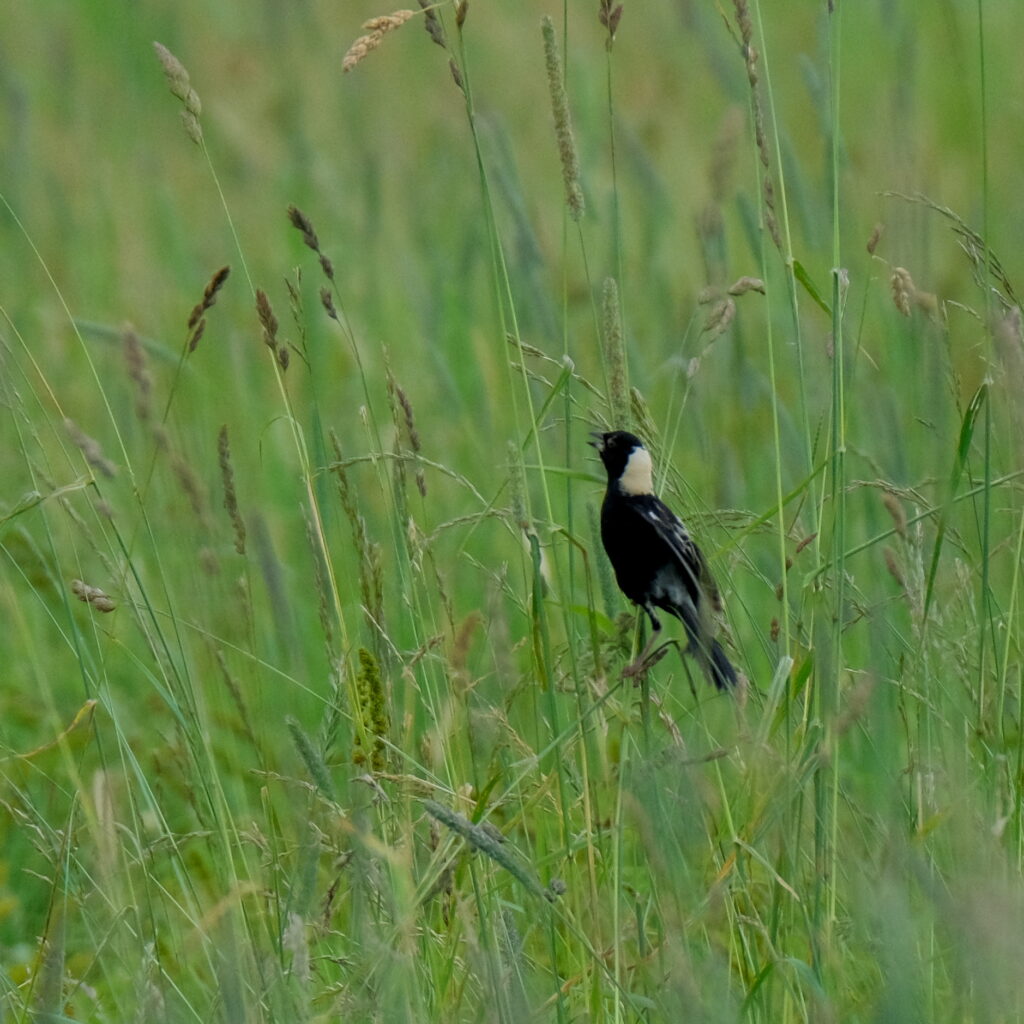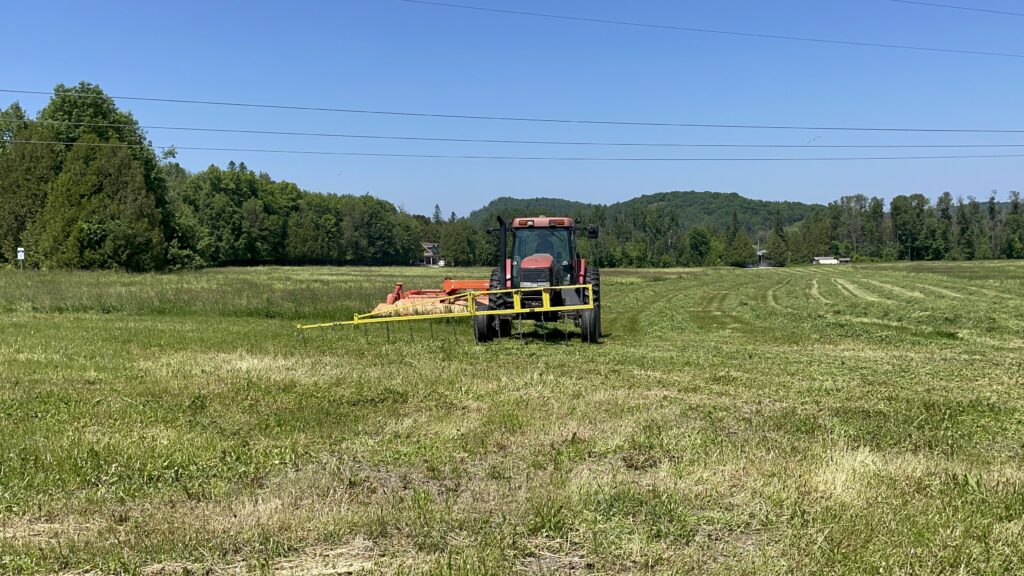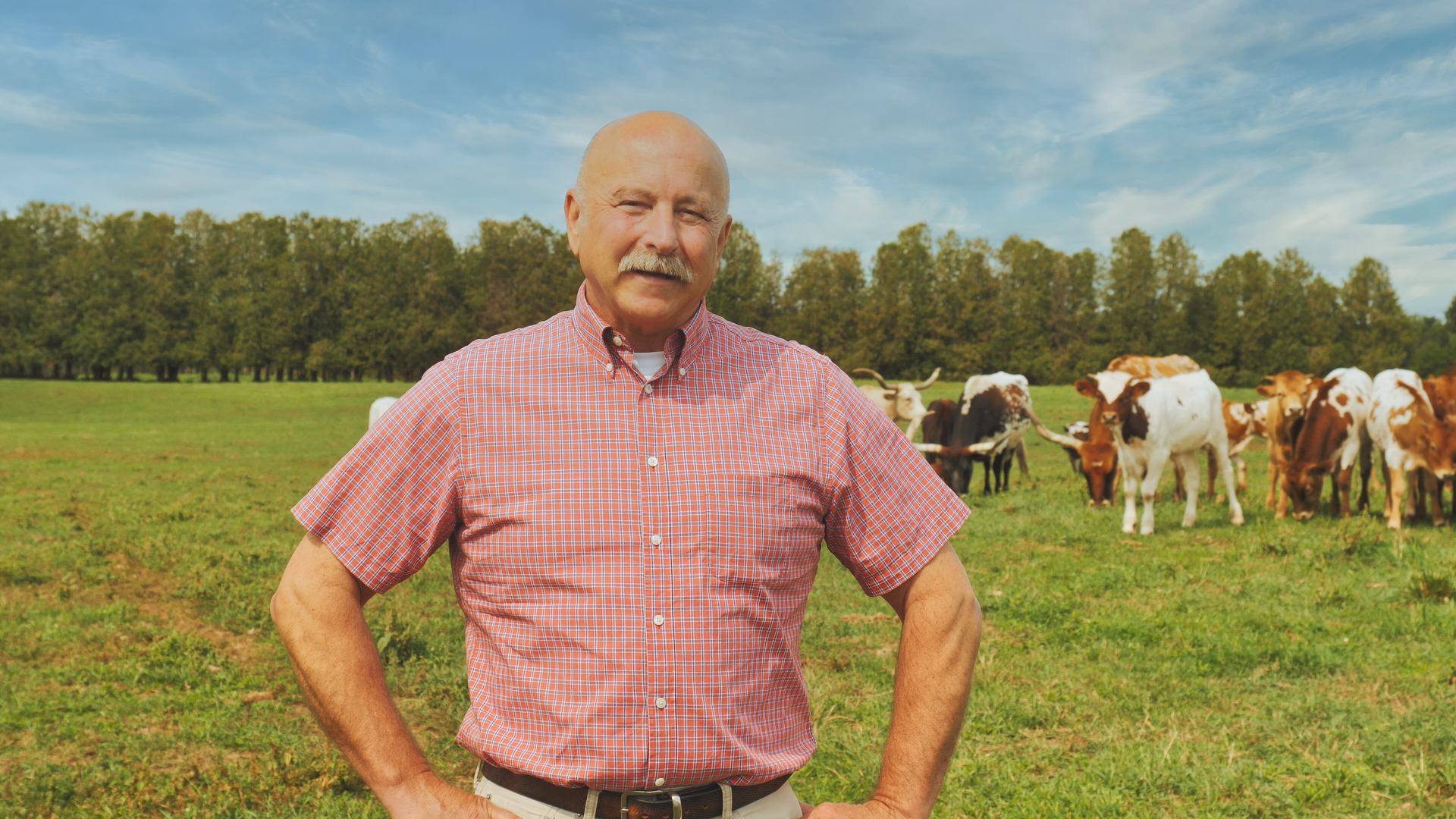Sowing change: How Canadian farmers are addressing the biodiversity and climate crises
The bobolink is in crisis. The migratory songbird thrives in meadows, grasslands and fields. Decades of degradation and fragmentation of their habitats across the country have left the bird with fewer and fewer places to roost and forage. Canada’s bobolink populations have declined by more than 70 per cent in just 50 years.
Yet the bobolink could be as common as coveralls on Canada’s farmlands.

On Victor Drury’s cattle farm in the rolling hills of Quebec’s Outaouais region, a few simple changes are giving the bobolink a boost. After being approached by ALUS Outaouais — and Fédération de l’UPA Outaouais-Laurentides — a few years ago, Drury installed an apparatus called a flushing bar to the front of his tractor. This alerts foraging birds and offers them time to fly out of the way during harvesting.
And in the summer of 2022, he changed the timing of livestock rotation between pastures so that areas containing bobolink nests would remain undisturbed until late July, giving hatchlings a much better shot at survival.
Drury admits he has no particular fondness for the bobolink over any other bird, but he saw no downside to making these adjustments. Besides, he says: “It seemed like the right thing to do.” Drury’s contributions might seem minor set against the global crises of biodiversity loss and climate change, but they represent a broader mobilization of measures that allow farmers to adopt practices that benefit themselves and the environment.
More than six per cent of Canada’s landmass, upwards of 62 million hectares, is farmland. These fields and pastures sustain the crops and livestock that feed us all. They also provide an opportunity to impact the natural world and habitats.

ALUS helps farmers restore habitat with a series of community-developed and farmer-delivered nature-based solutions, like reforesting field edges with native trees and reintroducing wetlands. That’s why WWF-Canada is currently supporting ALUS projects in five regions in Ontario and Quebec, including Outaouais, through our Nature and Climate Grant Program, presented in partnership with Aviva Canada.
For the past 15 years, the agricultural community has been embracing ALUS because it provides farmers and ranchers with resources to deliver positive agricultural and environmental outcomes. These shared efforts create a network effect that improves natural habitat while building resilience for communities and the agricultural sector.
ALUS communities across Canada help agricultural landowners create, improve and maintain healthy ecosystem services — which are benefits to humans from nature — on their properties through a variety of projects. Sometimes, their work is as simple as planting native grasses on the edge of a field or adjusting grazing patterns to better accommodate the needs of species at risk (as Drury did). Sometimes it’s more complicated. One effective project coordinated by ALUS Lambton in southwestern Ontario saw a landowner reconfigure several tile drainage lines to create a series of connected wetlands, which slowed the flow of floodwater — and crucial soil nutrients — into Lake Huron.
“It created marvelous wetland sites, which brought back all kinds of biodiversity, and it also created a settling function that kept nutrients from going directly into the lake,” explains Bryan Gilvesy, who serves as CEO of ALUS and operates his own beef farm near Tillsonburg, Ont. “At the same time, we did not impede in any way the drainage that the farmers consider their lifeblood in that part of the country. That, to me, is extraordinary.”

Adjustments like these create big benefits, including better habitats for more diverse species, higher carbon storage capacity and, often, better climate resiliency — many ALUS-supported initiatives also make fields less likely to flood.
And these nature-friendly changes can also make for more productive farms: University of Calgary ecologist Paul Galpern has argued that wild woods, wetlands, and shelter belts (strips of non-crop vegetation) on and around farmland — what he calls “messy spots” — can produce better crop yields, in part because such spaces attract helpful insects and pollinators.
Gilvesy has been applying ALUS’ practices on his own farm since 2006, when he signed up as the third-ever participant in the program, including reintroducing Tallgrass prairie. As a result, his property is significantly more biodiverse than when he purchased it in 1979. It’s now home to at-risk badgers, all eight bat species native to Ontario and, yes, plenty of bobolinks.
Like most farmers, Gilvesy has always cared deeply about his land, but these changes have given him renewed pride as a steward of it — and he sees the same transformation happen to virtually every farmer and rancher ALUS works with. Over time, Gilvesy believes this feeling will create meaningful, sector-wide change: “It’s like taking a seed and putting water on it.”
Read More: Nature and Climate Grant Program
Q&A: How agriculture can drive restoration
Act Locally: How to make your yard more nature-friendly with native shrubs
Act Locally: How to De-Pave Your Property
Restoring Utopia: How one group’s watershed work helps wildlife and hinders climate change
Meet 6 groups restoring biodiversity (and storing carbon) across the country

